| 2004 |

|
YEAR BOOK |
Waterford Institute of Technology
|
Department of Chemical And Life Sciences
|
|
1. FORVAMS (Forest Vegetation � Alternative Management Systems) Research 2. Surface and Interfacial Chemistry Group 3. Polymer Modified Sensing Group |
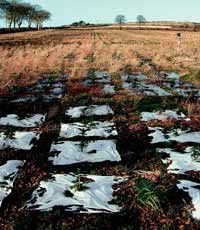
|
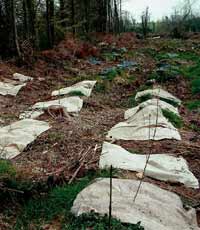
|
FORVAMS (Forest Vegetation � Alternative Management Systems) Research
Dr Nick McCarthy & Claire McCarthy, Chemical and Life Sciences Dept, Waterford Institute of Technology. Project Funding: COFORD (National Council for Forest Research and Development)
FORVAMS researches alternative methods of controlling and managing vegetation that competes with newly planted trees. Its goal is to develop innovative and environmentally-friendly methods for controlling competing weed growth in forests. In today's forests there is more emphasis on environmentally friendly practices, and thus the use of herbicides will come under more and more pressure to be eventually phased out or, alternatively, more environmentally friendly products found. At present, the research team at WIT is investigating the use of mulch mats for controlling weeds, in the crucial first four years, around young trees. Mulches provide a means to passively control vegetation and thereby reduce the need for mechanical and chemical weed control.
To date, various sites have been set up with the mulch mats. These include some reforestation sites, a Christmas tree site, and a eucalyptus foliage site. A climate monitoring system installed on one of the sites provides data on the availability of soil moisture to the seedlings, rainfall, soil temperature beneath the mats, and air temperature.
Preliminary findings have indicated that the mats are effective in reducing competing vegetation with no major adverse reactions from the plants.
A paper, entitled Herbicides and forest vegetation management; a review of some possible alte rnatives, has been peer reviewed and accepted for publication in Irish Forestry 61(1), 2004.
The FORVAMS website ( www.forvams.org ) was officially launched on 26 March 2004 by the Chairman of COFORD, Mr David Nevins, and the Director of WIT, Professor Kieran Byrne. This website encompasses information on a wide range of topics from forest weeds, herbicides and alternative weed control methods, news from the pesticide industry and from around the world.
Contact: Dr Nick McCarthy E-mail: [email protected]
Surface and Interfacial Chemistry Group
Dr Sheila Donegan, Dr Evelyn Landers, Mr Michael Breen, Ms Emma Harte, Chemical and Life Sciences Department, Waterford Institute of Technology.
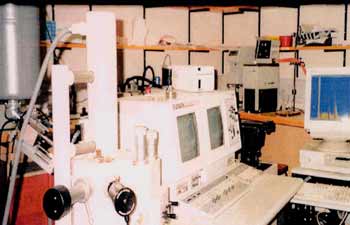
By varying the relative amounts of surfactant, co-surfactant and solvent, a wide range of associated surfactant structures can result. Each of these different structures has different properties, and these properties can be manipulated in the production of materials with specific properties.
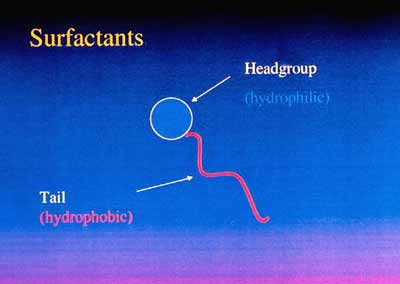
Results to date indicate that the use of these systems as reaction media had advantages over those in bulk media in terms of the rate, the purity and the size control of products produced.
Contact: Dr Sheila Donegan; Tel: 051 302449; E-mail: [email protected]
Polymer Modified Sensing Group
Dr Peter Mc Loughlin, Dr Padraig Kirwan, Dr Kieran Murphy, Ms Valerie Dobbyn, Dr Brian Murphy & Mr Kevin Flavin
This multidisciplinary research team investigates the potential of various polymer facilitated sensing methodologies. Use of polymer modified ATR Fourier Transform Infra Red (FTIR) spectroscopy for the detection of solvents in the environment is one project area under investigation. A selective method for the on-line monitoring of solvent waste streams may be extrapolated from investigations on a variety of diffusing analytes and membranes. The use of mathematical modelling has allowed reductions in sensing times and increased the feasibility of this sensing methodology.
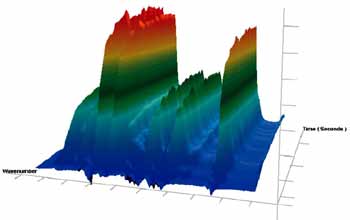
A number of peer-reviewed publications have appeared as a result of the activities of this research group. Academic partners based in other Irish and European Universities are actively engaged in collaborative projects with this group.
Contact: Dr Peter McLoughlin;
Tel: 051 302056; E-mail: [email protected]